It’s a shame we don’t see more open-world games set in the sweeping dunes of a great desert, and yet Atlas Fallen embraces this setting stylishly – bringing plenty of new ideas to the table, including a sand slide move that replaces the traditional sprint and quickly makes me feel like I’m back playing Journey again as I pave my way through Atlas Fallen’s golden oasis of destruction. That’s saying nothing of the unique combat system which has me darting around mid-air between explosive attacks that often leave my foes shattered into a thousand bits of sand and crystal dust, and I do mean that literally! Granted, the demo build I spent several hours testing didn’t always feel as smooth as I’d have hoped, and I couldn’t figure out whether it was my ultrawide monitor or something in my PC causing random slowdowns and frame drops at inopportune moments, but I found it difficult to walk away from my overall experience with Atlas Fallen without remaining curious and excited for what’s to come when it finally launches on May 16 in a, hopefully, more stable state.
Atlas Fallen centers around your own custom character who has come into possession of a magical gauntlet, an important piece of gear that’s central to its post-apocalyptic story. I really enjoyed the pacing here: a quick cutscene explains why the world is in its present state, you’re introduced to each major element of gameplay, and then it’s right to the action. Atlas Fallen deftly explained everything I needed to know during the first few minutes of play, and its early tutorials also served the purpose of bonding me with Nyaal, the mysterious entity living inside my powerful and legendary gauntlet.
Once I got myself out into the sun-baked world where Atlas Fallen takes place, I was quickly making my way through the sand, which looks gorgeously accurate as bits of particulate fly around in every direction in response to my movements. Movement is one of the best parts of Atlas Fallen, and there are plenty of different ways to get around. For instance, the Raise ability lets you lift platforms and other buried points of interest out of the sand, whereas you can Air Dash to give yourself an extra forward mid-air boost after you’ve expended both of your jumps.
Movement is one of the best parts of Atlas Fallen, and there are plenty of different ways to get around.This seamless open world absolutely wants to be explored, though I didn’t see too much of it beyond areas surrounding the first village, Castrum VII, which itself is loaded with quests to complete and NPCs to speak to – each with their own backstories and interesting dialogue. I also made a point of saving up and buying the first set of armor sold by the merchant in town, and it’s cool that such a clear indicator of progress was laid out to me early on; giving me a reason to go out and do quests, hunt, and explore while saving up my currency toward a clear upgrade that actually paid off in combat.
The open world is also littered with stuff to find, like loose crafting resources and wildlife. I was delighted to find that if I observed an animal from a distance, it would gradually lead me toward treasure with golden footsteps, turning completely gold once it had found a suitable digging spot. There’s also a friendly traveling merchant who wanders the desert, and it’s so neat to be able to identify him from a distance by his ornate flying kite.
The open world is also littered with stuff to find, like loose crafting resources and wildlife.Atlas Fallen features action combat that is both visually entertaining and challenging, rewarding me for thinking tactically while I juggle my Essence stone abilities and my Momentum bar. The way it works is, as I unleash my basic attacks with my transforming axe and sword weapons, my Momentum gauge fills up, unlocking Essence abilities of ascending tiers to use in battle with the caveat that I am easier to deal damage to if my Momentum bar gets too high. It can feel exceptionally good once you get into a groove, but it’s also where I ran into my aforementioned framerate drops and performance issues that ground the action to a halt, even causing me to die a few times during tougher battles.
But when it works, it works really well. Interesting enemy designs keep me on my feet, like the Diver which dives into the ground and reappears at random – and the heavily-armored, crab-analog Shellbasher that requires me to parry in perfect synchronization with its pounding pincer attacks, strategizing my bigger attacks to hit its vulnerable spots at just the right moments to do the most damage. My arsenal is enhanced by the addition of a Shatter ability that can be activated by pressing both gamepad triggers at exactly the same time when my Momentum bar is sufficiently filled up, unleashing a massive hammer attack that freezes and shatters any opponent who gets in the way of it. This is quite the spectacle on-screen, giving justice to the wild array of sand effects going off at once as the whirling storm of weapons and movements displace sand in all directions.

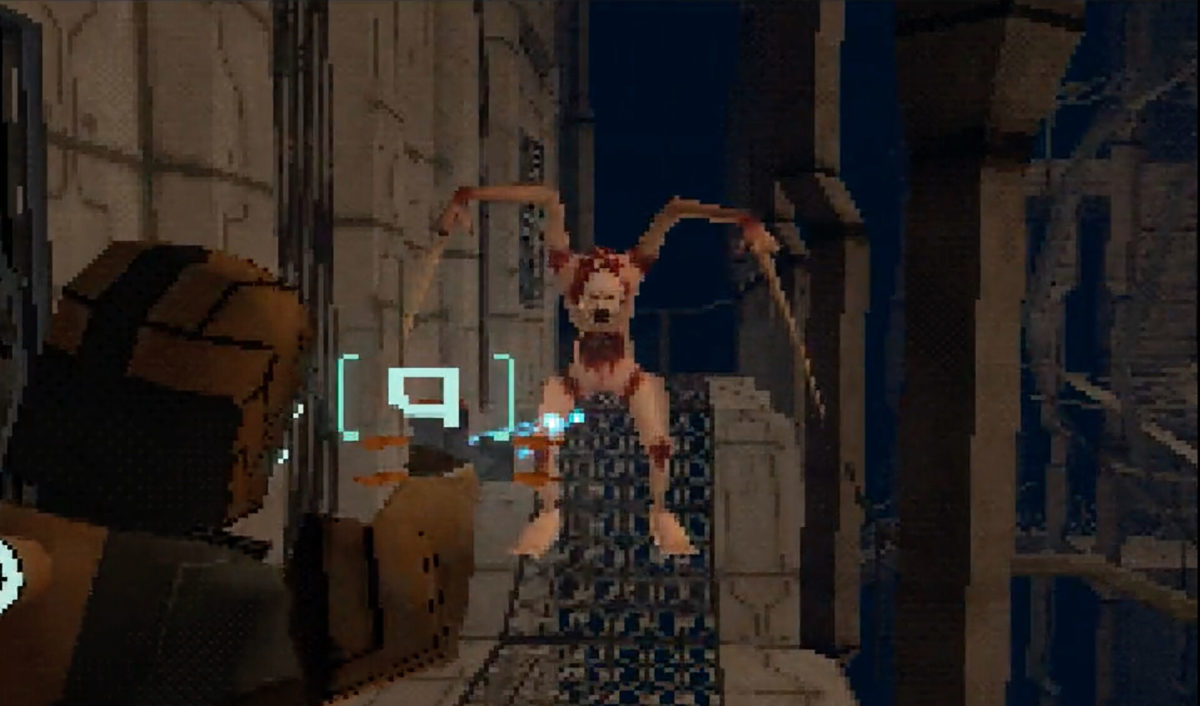
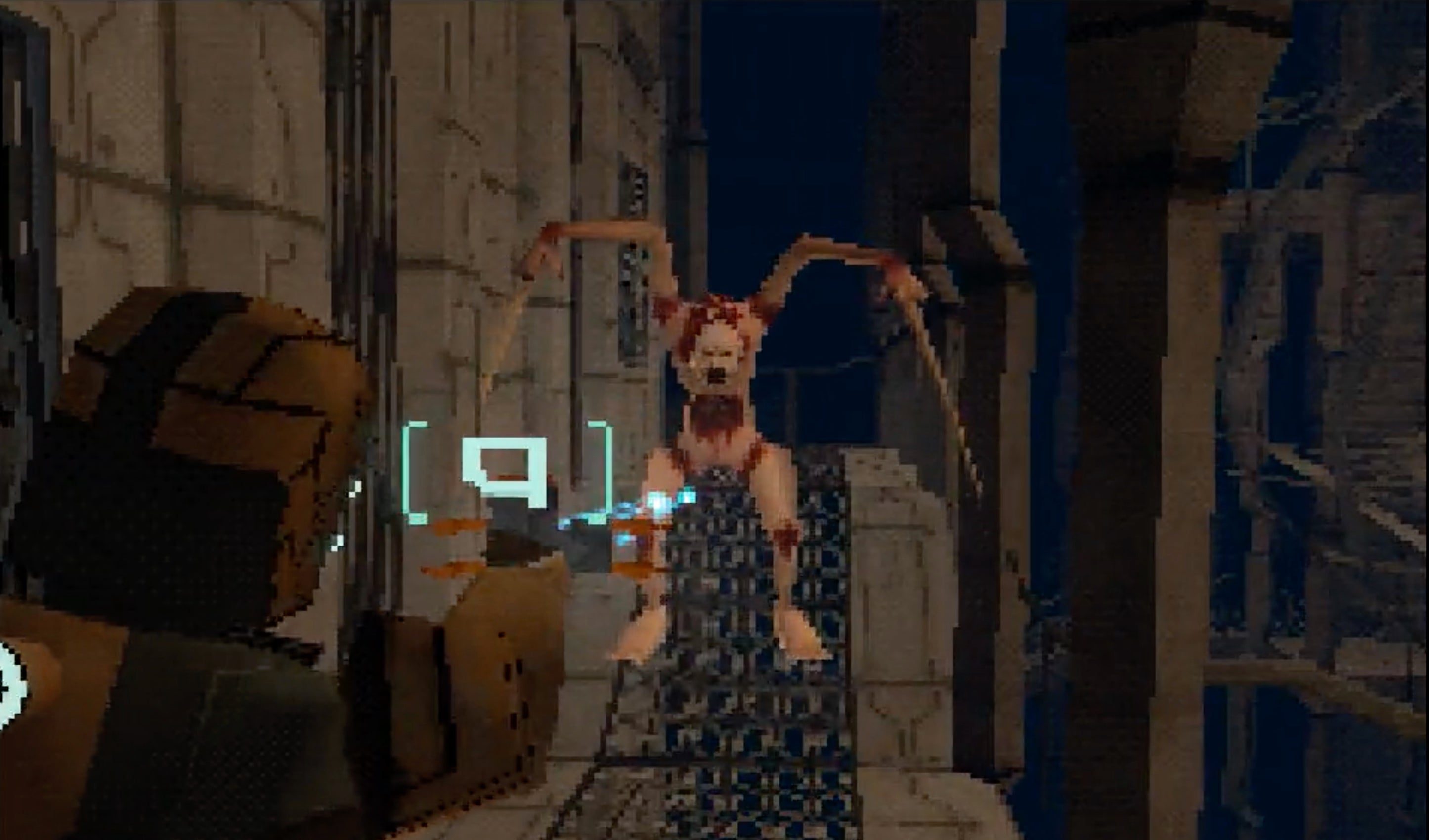 Resident Evil 4 to Final Fantasy 7 is getting a shiny facelift, reimagining the polygonal blocks from yesteryear and turning them into scarily realistic blockbusters. But, every so often I get an itch. An itch to go back in time to my low-detail-graphics childhood, sitting on the floor, looking up at a squared CRT. And that’s what a good demake is for; specifically, the
Resident Evil 4 to Final Fantasy 7 is getting a shiny facelift, reimagining the polygonal blocks from yesteryear and turning them into scarily realistic blockbusters. But, every so often I get an itch. An itch to go back in time to my low-detail-graphics childhood, sitting on the floor, looking up at a squared CRT. And that’s what a good demake is for; specifically, the 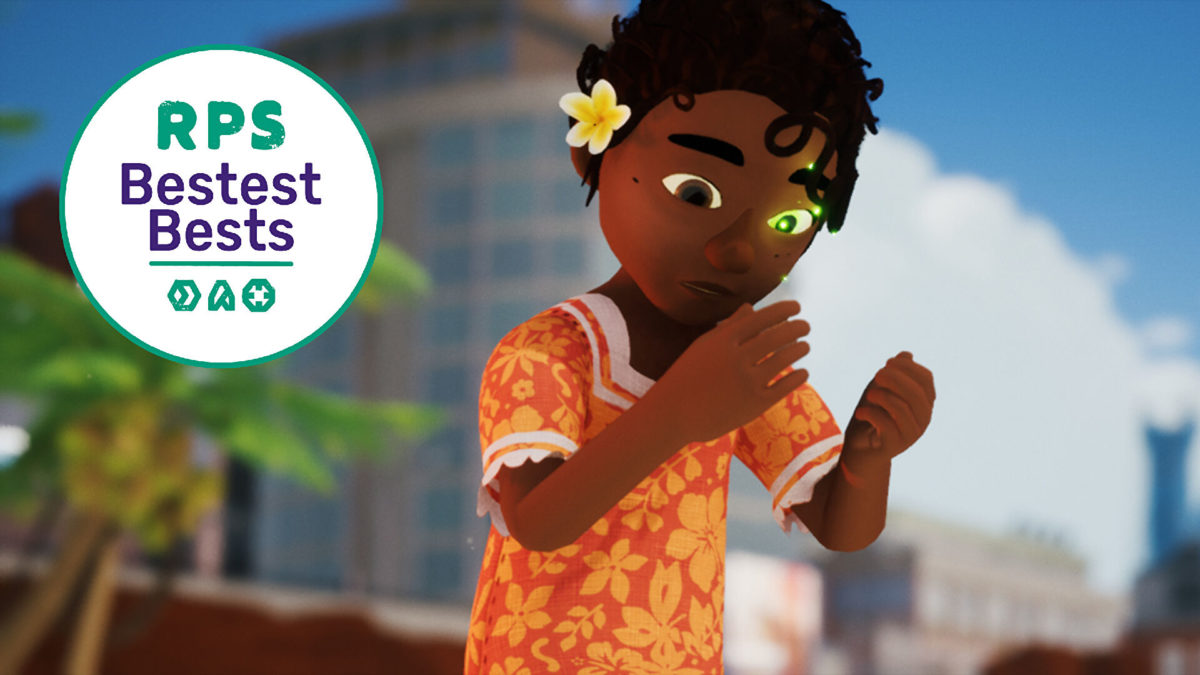
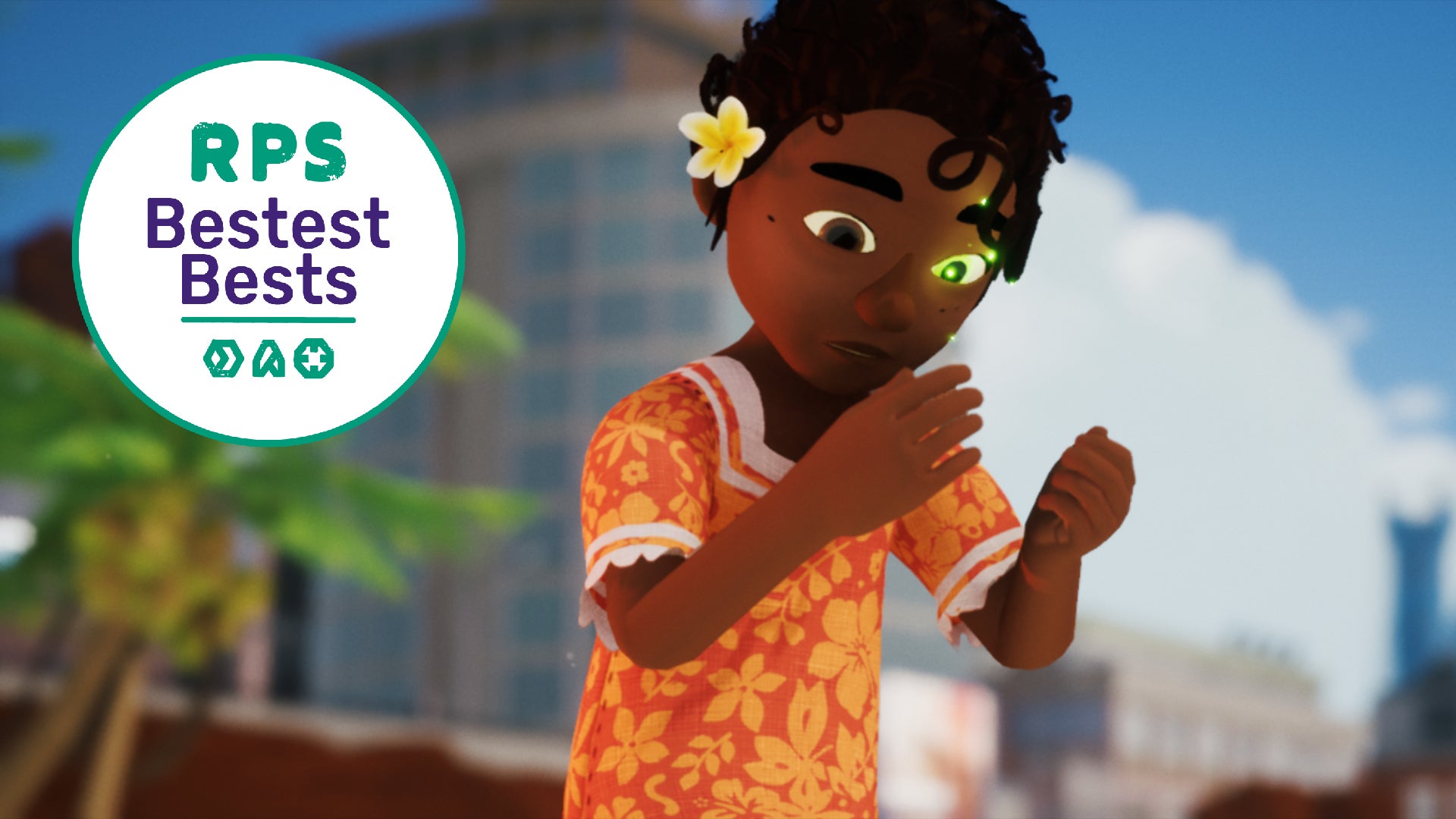 Tchia back in January for a
Tchia back in January for a 




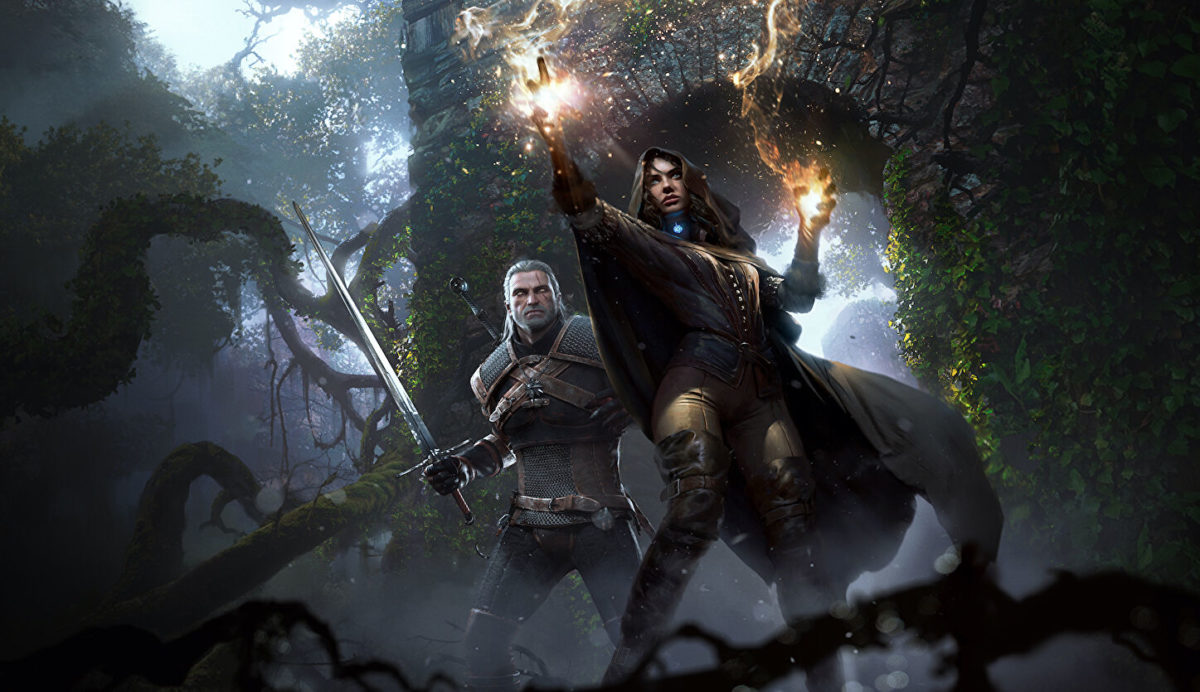
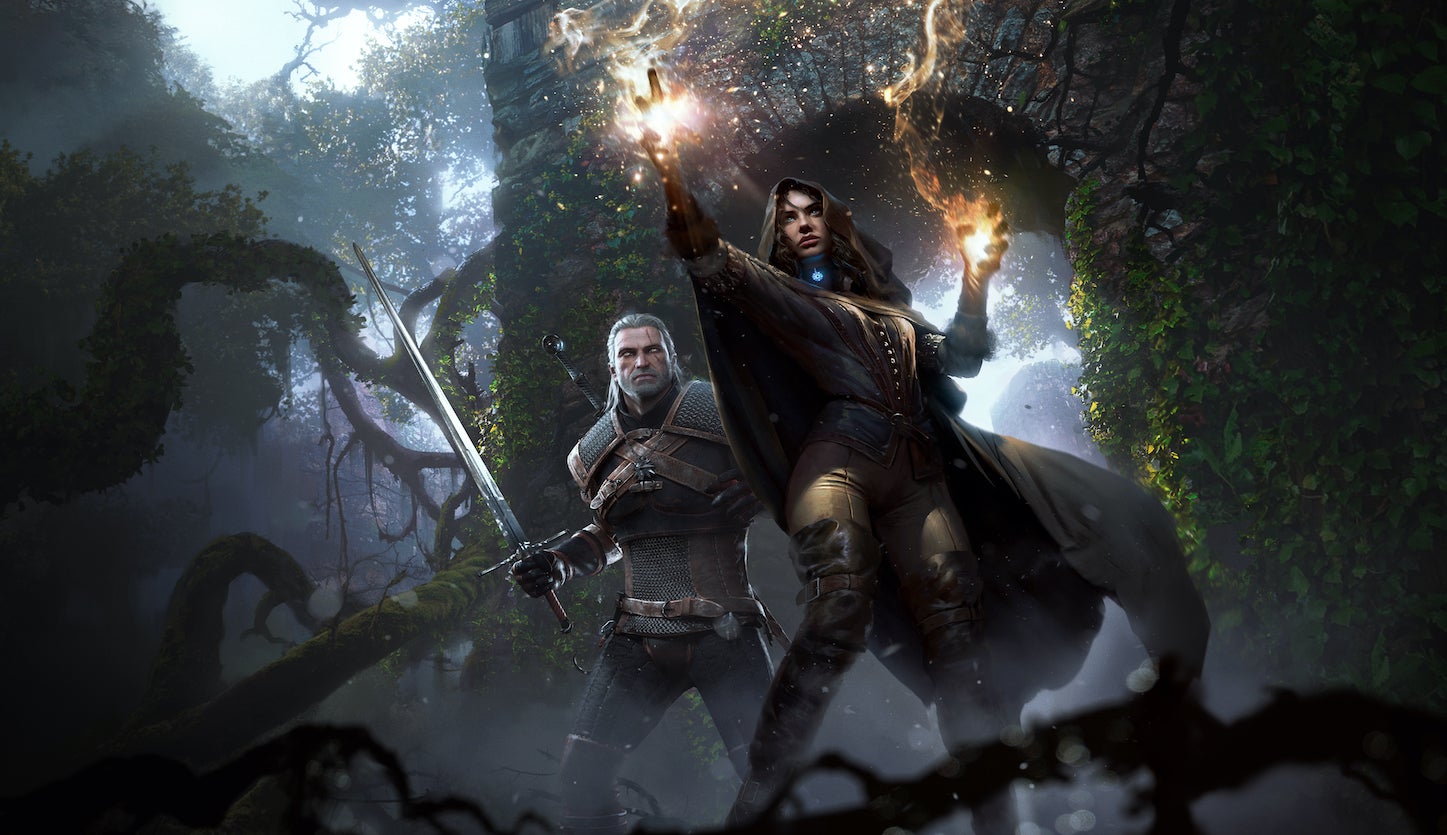 The Witcher from Molasses Flood – the studio behind
The Witcher from Molasses Flood – the studio behind